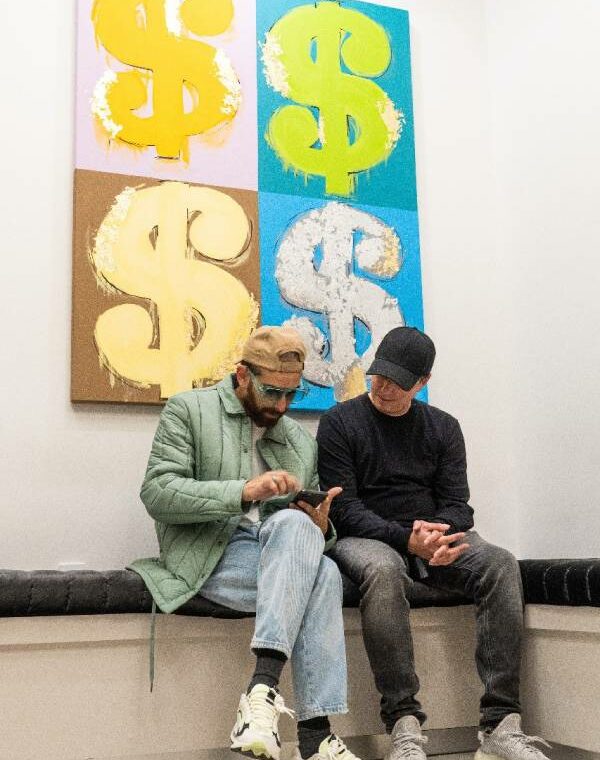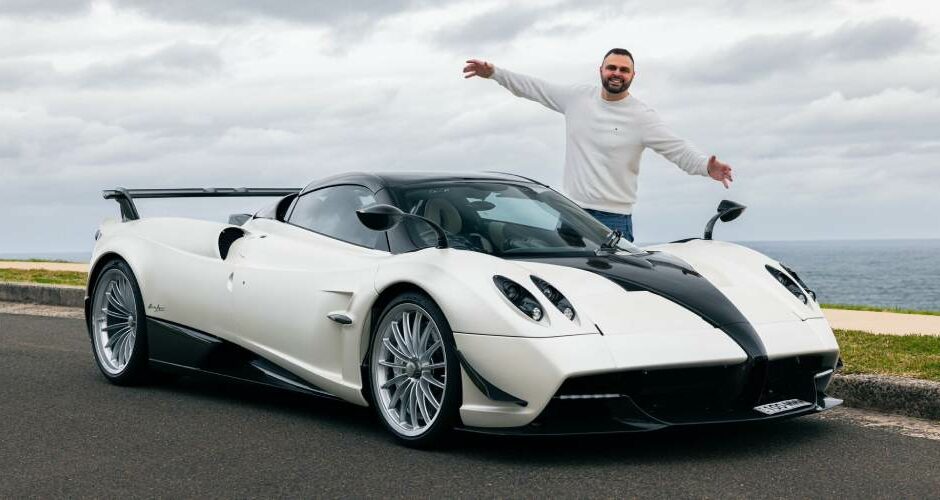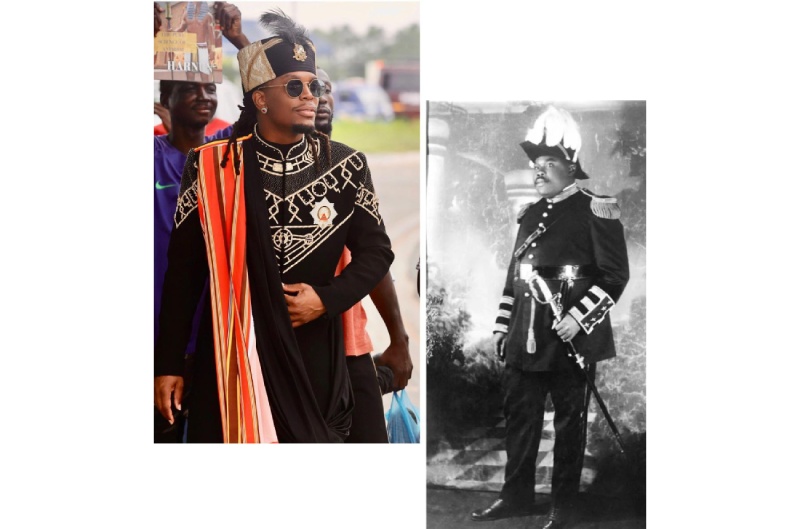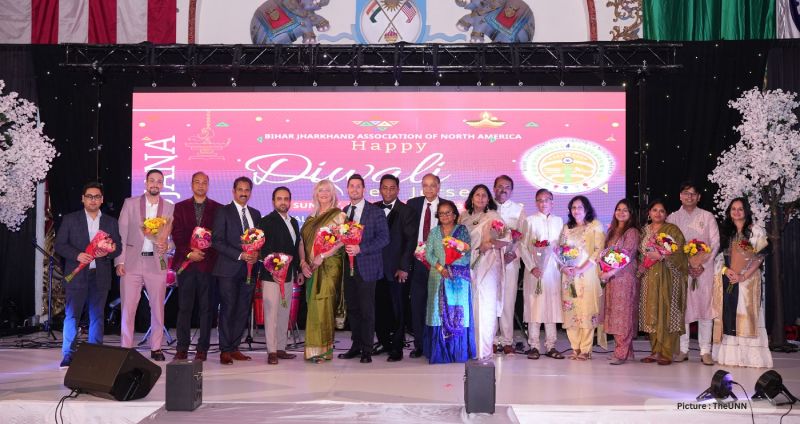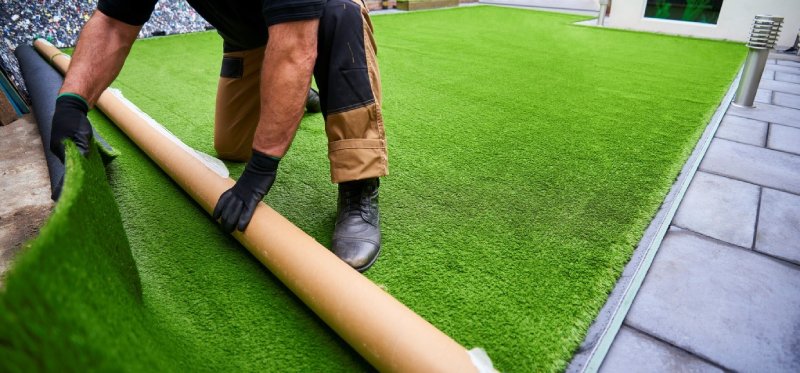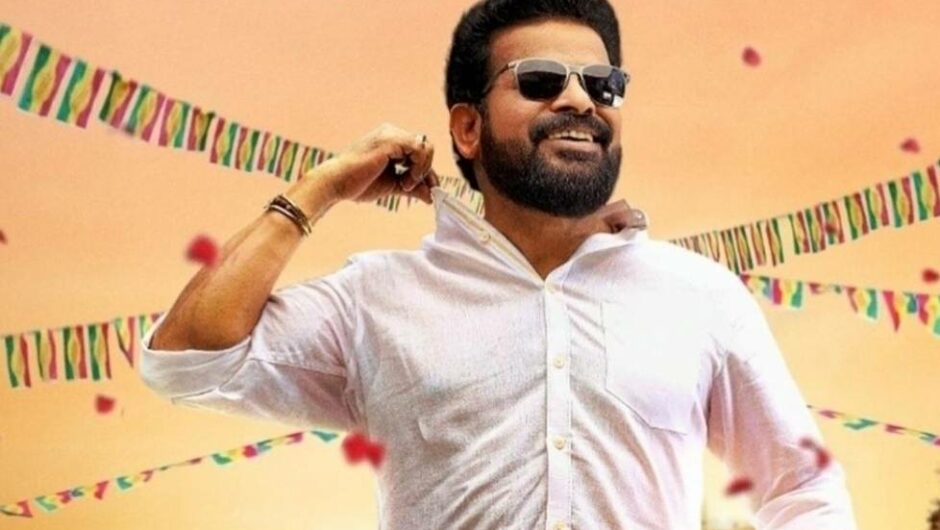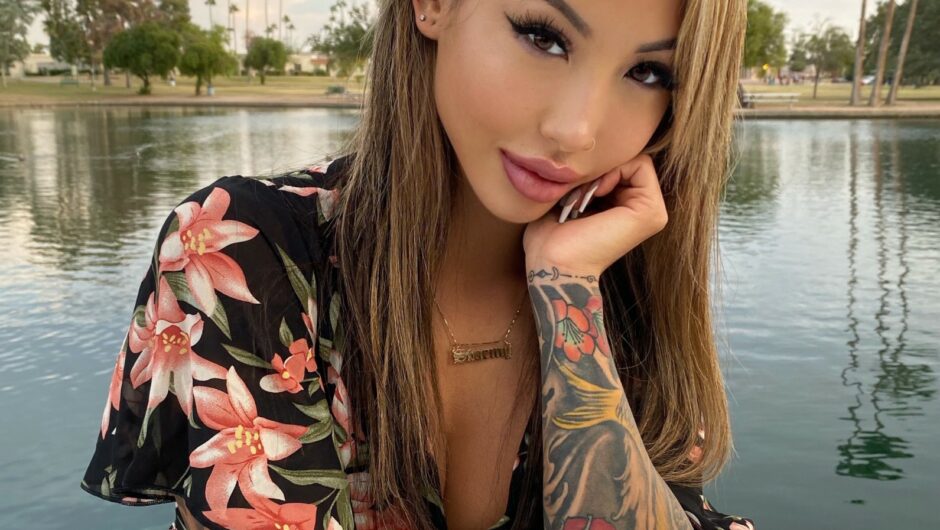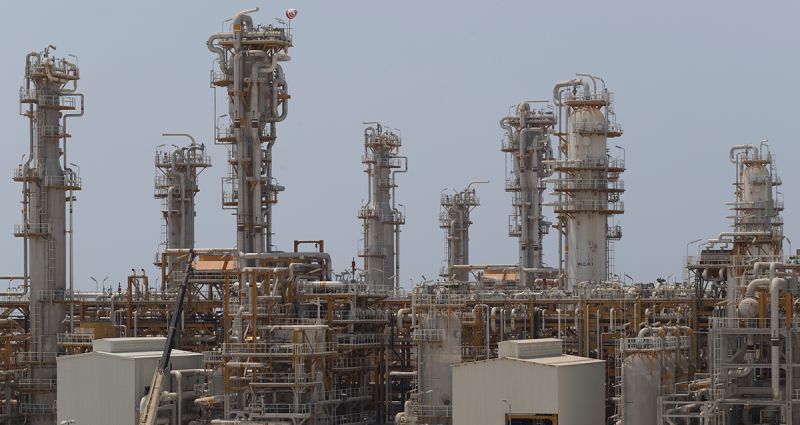“I think art is moving in a direction where it will become increasingly de-material. Art in 100 years will be about complete connectivity and dialogue with the viewer with less and less of the detached formalism we see in art now. Art will take us to the edge of the horizon and question what is beyond. Art will seamlessly live both in the fast-flowing river of images and information and the slow-moving desire for true and unrepeatable personal experience.” – Doug Aitken
Art is subjective ever-evolving, with unique styles and forms coming up now and then. Art has helped people to get connected. Through using various mediums of art, people have expressed their feelings and emotions and communicated and shared experiences. Today, the fundamental elements of art, creativity, connection, and communication have been transformed, allowing art lovers to discover contemporary ways to connect with the world and let the modern world know about their artistic skills. Consequently, art lovers want richer ways to experience art, get involved in it, and gain experiential opportunities to connect with other artists. The different types of contemporary art have inspired young artists to seek some unique styles to display their art.
Modern artists think that art is more than just painting; it comprises sculpture, drawing, printmaking, collage, digital art/collage, photography, video art, installation art, land art, (public) intervention art, and performance art. Using digital platforms and social media, modern artists have been able to promote their artwork. Social networks have increasingly helped unleash their talent and potentials and have motivated art lovers to gain inspiration and purchase the artwork crafted by modern artisans.
“Artists have not only the unique ability, but I would argue the responsibility, to give us new languages and tools to be able to better understand the world around us, which can help us solve these great existential problems. This puts tremendous pressure on artists to help society reimagine the future. I believe art as a social practice, where artists are invested in the great problems of today, will thrive in the immediate and long-term future.”- Justin Brice Guariglia
Art has a future that continues to transform—integrating new technology offers excellent ways for artists to create immersive work. Using digital equipment can take them to the next level, creating a whole new reality that could be interactive and immersive, involving stereoscopic sounds, digital art, and illustration. Moreover, some artisans also use traditional tools such as standard pencils, pens, and brushes to bring traditional drawings to the digital space. This implies how technology is changing the human experience. For example, an art designer can create images using a graphics tablet or digitizer. The users can draw images, graphics, and animations on the computer screen, like with pen and paper. New forms of artwork are emerging globally and are living and continuously changing the pattern of artwork. Using software for digital art enables digital artists to develop their exponential learning and creativity through visual art.
Fusion of Traditional Art blending with Digital Art
Arts integration learning is a gateway to bring artists’ engagement, motivation, and creativity by blending different art forms. Various art forms categorize ceramics, drawing, painting, calligraphy, sculpture, printmaking, design, crafts, photography, video, and filmmaking.
Device Used for Digital Art
In the realm of digital art, artists are using graphics tablets. These tablets are also called digitizers, drawing tablets, drawing pads, or digital artboards that allow users to draw images, animations, and graphics using a special stylus, similar to how people draw with pens and pencils.
Digital Illustration and Painting
Painting is the practice of applying paint, pigment, color, or other media to a solid surface. The artist uses intense color vibration to combine pure, unmixed colors and short brush strokes, which gives a new expression of aesthetic sense to the artwork. Blending traditional and contemporary art has enabled the artist to draw and paint in various ways.
Using digital illustration signifies learning the use of digital tools, such as a mouse or tablet, in combination with drawing software, such as Corel Painter, to create an illustration. With the universal appeal of digital illustration, an artist can now look at a blank canvas with a whole new perspective. The artist requires digital paintbrushes that provide a unique painting experience, from thick bold strokes to special effects and textures. Digitally minded artists who have embraced technology have changed the perception of painting as an art form. Moreover, these artists use software, computers, and digital media to make animations, illustrations, videos, and digital paintings to present real art in digital gallery spaces.
Digital Calligraphy
Unlike conventional writing, digital calligraphy requires no special pens, inks, or brushes. However, it does require quality software that comes with various brush presets. The artist using Adobe Illustrator and Adobe Photoshop play with color and effects; the photoshop preset brushes give a more natural and realistic look to the artist’s vision.
Digital Sculpture Tools
Digital sculpture art tools comprise applications equipped with various brushes and other tools to create multi-resolution sculpting, layering systems, brushes, stencils and stamps, and mesh projection. A traditional sculptor begins with a mass of material and manipulating, adding, and removing pieces to create a new dimension. Likewise, the digital sculptor tackles much of the same work with digital tools. One advantage the digital artist has is the ability to create the sculpture on a small scale. They can use their digital tools, computer applications to create sculptures. The creation can be shared with others; even if the work is unfinished, it can be done later using a 3D printer.
“The future of art will be determined by bold and ambitious experiences. In 2017, we step back and look at art and say, Beautiful. In 2020, 2040, 2100, we’re going to be walking into that art. Virtual Reality will change the way we perceive and experience artistic endeavors — you might step into the canvas and walk around, or you might find yourself in an exact simulation of the chaos captured on the canvas. Art will transform from static expression into lifelike experiences.”- Nicholas Laborde, CEO of Raconteur Games
Digital Platforms for the Artists to Promote Their Artwork
The art world professionals—artists, dealers, curators, museum administrators believe that their work is a digital reality simulation. To make it convincing, the artist should be provided with a platform that gives them the freedom to create and sell their artwork in virtual reality easily. Such platforms benefit the artists by planning and setting up their exhibitions digitally. Publish exhibitions in Virtual Reality. Through these platforms, the artist can get connected with a global audience. Furthermore, the artist can display their exhibitions virtually, accessible to a large audience.
Clare McAndrew, an economist behind organizing the annual Art Basel and UBS Global Art Market Report, told the New York Times states that this is the stimulus art market that aims to promote and collaborate with the most cutting-edge, independent builders and designers to create a different and better future. Their purpose is to share new technologies with the world and inspire the next generation. At the same time, the art fairs and galleries online have increased sales. Driving more traffic, these online platforms, more diverse groups of gallery owners, and artists have accelerated digital promotion.
Marc Spiegler, the global director of Art Basel, expected robust attendance in the coming weeks as he anticipates a benchmark success of the online sale of digital artwork.
He states, “Technology will play a huge part in how we execute going forward. Galleries that have been forced to think about how they can promote their programs digitally—whether that’s online studio visits with artists or online viewing rooms—will continue to take advantage of such features.”
Some online platforms have mobilized artists across the globe. Pixiv is a great home for artists that fall in that category. Pixiv began as a small online community-based in Japan and has now grown into a site with over 50 million artists worldwide. It is praised for having “better” art overall compared to other art-sharing platforms. Discord was founded in 2015 is among those social media platforms that have enabled the artists, creatives, and communities to hang out and connect with each other. This platform acts as a community hub for events such as LightBox Expo, Weekend Warrior Painters, and assisting small groups of artists in promoting their work on digital platforms. Instagram is a great tool for artists to share their images and other digital artwork through this social media platform. Instagram helps grow the art career and has proved to be productive for the art business.
Thus, the power of art lies in an artist’s ability to take a moment and make it last forever. For hundreds of years, painters and artists have built up a great heritage to inspire art design. Over the decade, traditional art has been blended with technology and innovations leading towards the foundation for modern artwork and design. As a result, there is an increased inclination towards digital art forms, with more people bringing up their versions. Versatile artists like Gosa inspire people from all walks of life with their unique paintings, ones that people enjoy watching. At times, soft brushstrokes create unique illusions where the objects sometimes come to life as we enter the Age of Integration. The digital artist is the vehicle that will help to transform art and will inspire a wider audience.
“Digital design is like painting, except the paint never dries.” – Neville Brody
“I’m a contemporary abstract artist specializing in creating unique art smash-ups with past and current iconic characters or brands. I’m most proud of my artistic development and ongoing growth. I think my creativity and the fact that I can adapt to any art style or form. Rather than be remembered and have my art appreciated in life after death, I count my days and number each painting with the number of days I’ve been alive since the start of the piece. I live in the now and want others to own a day in my life’s artwork.” – Victor Gosa
Topics #Art #Artwork #Digital Art #Victor Gosa
